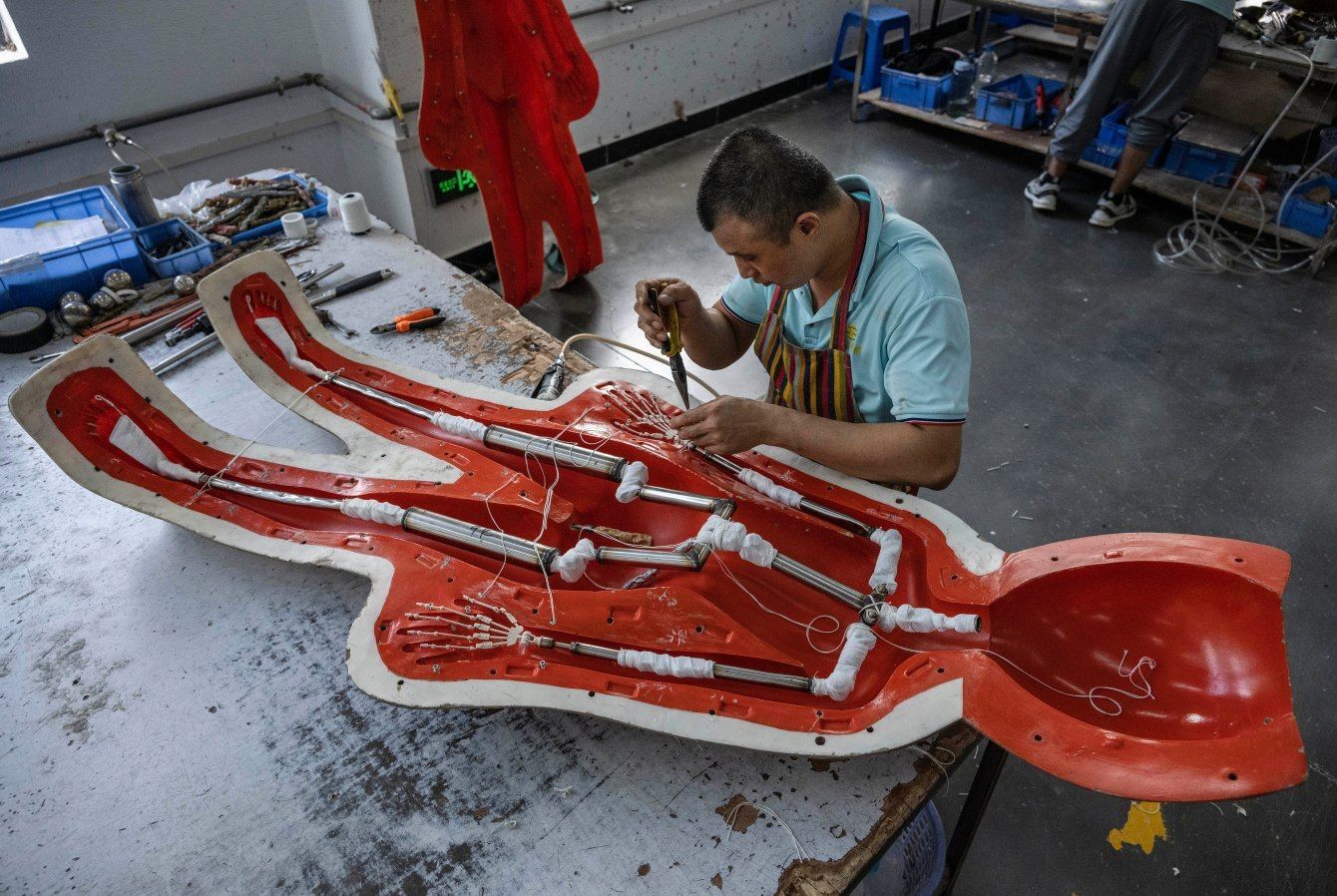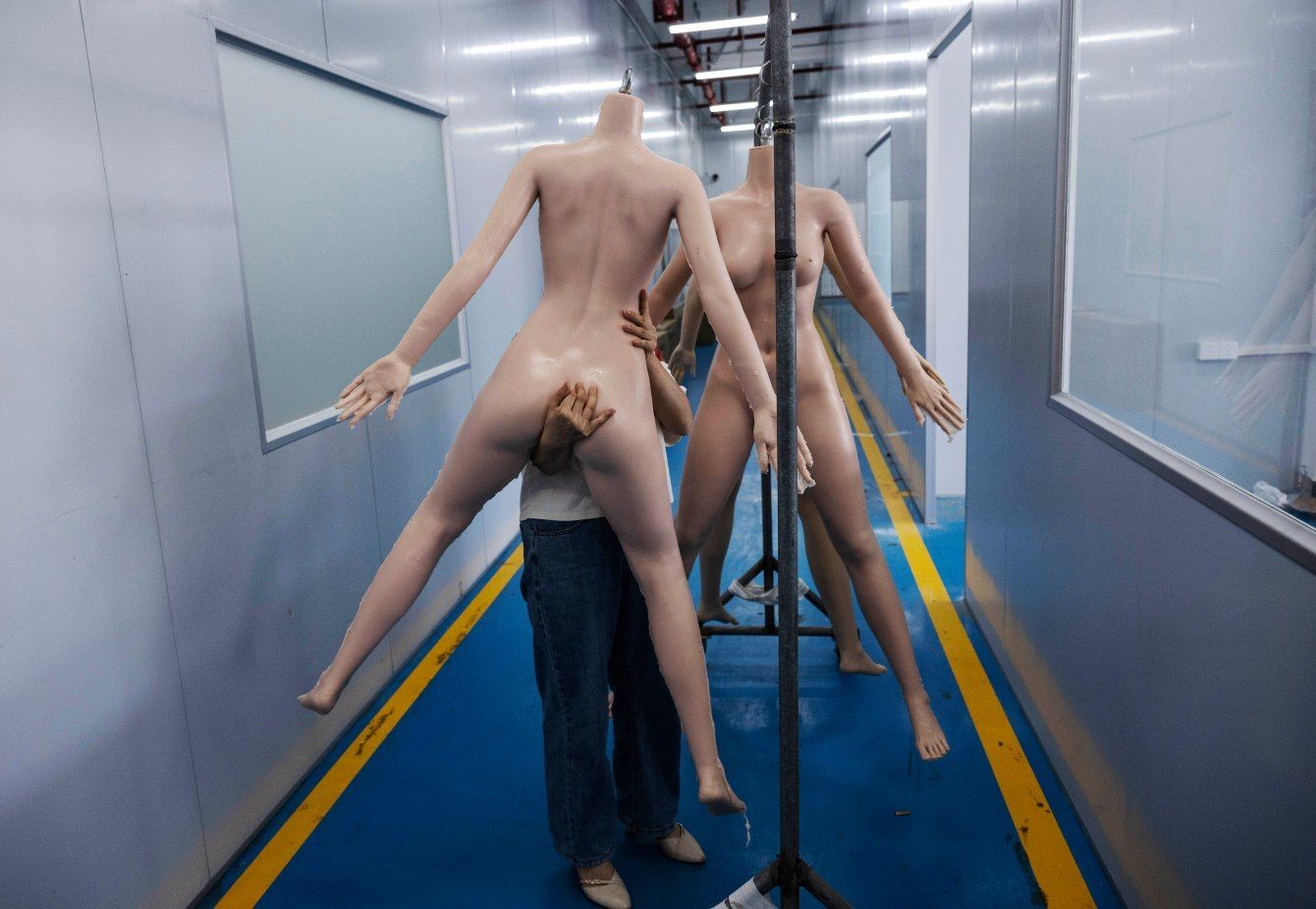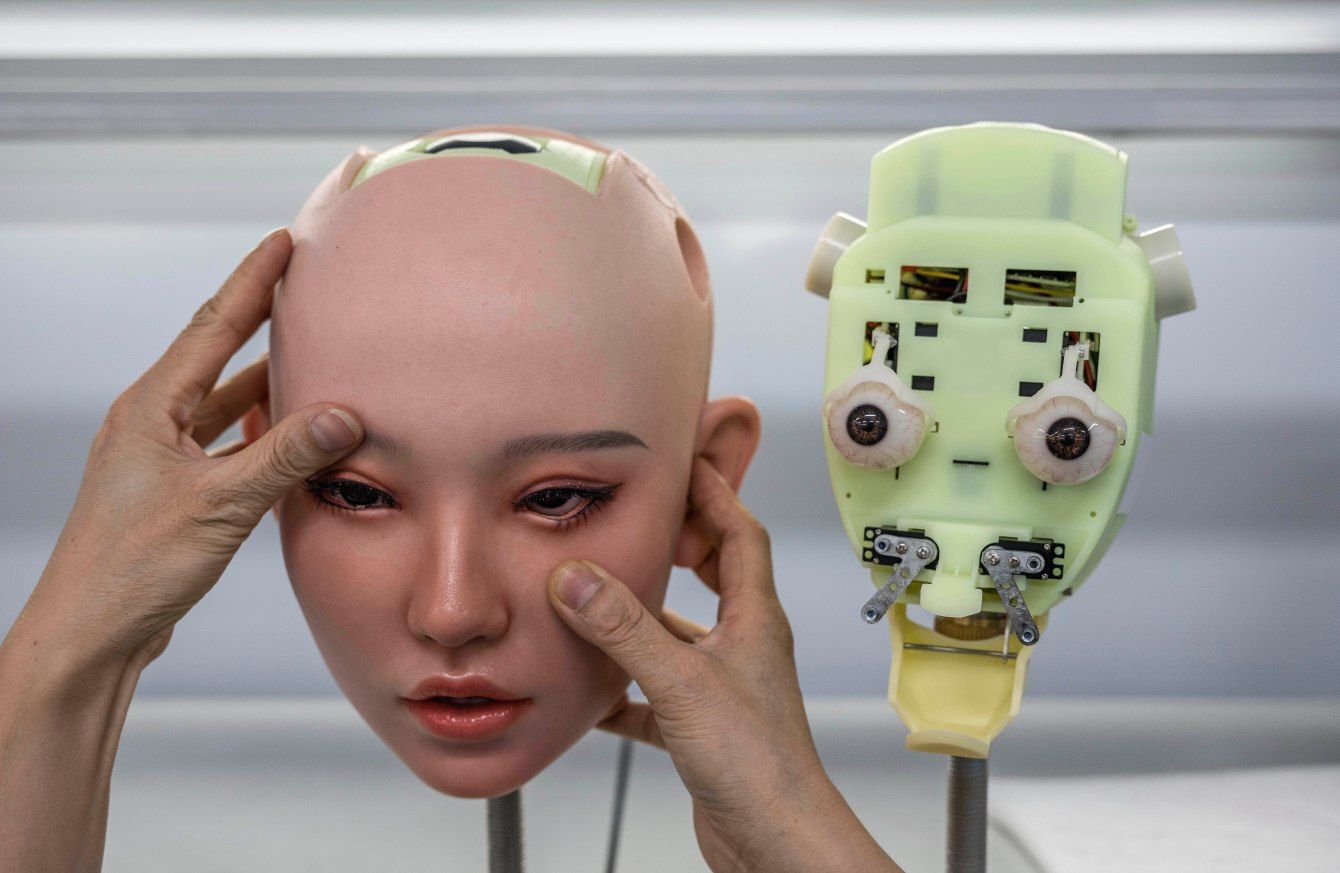- Pro Breaking News
- Posts
- Inside China’s factory Making $3K next-gen AI Love dolls for lonely men
Inside China’s factory Making $3K next-gen AI Love dolls for lonely men

Somewhere between a Black Mirror episode and a late-night infomercial, China’s AI-powered love doll industry is booming and a surprising number of American men are buying in.

The dolls, which go for around $3,000 each, are now more than just silicone stand-ins. They blink. They talk. They remember your favorite band and might even ask how your day was. According to WMDoll, one of China’s top producers, sales are expected to jump 30% this year. That’s not a small bump it’s a signal flare for something deeper.
From Sex to “Hey, How Was Work?”
At first, these dolls were basically glorified mannequins with joints. Now? They're equipped with MetaBox brains that link directly to the cloud. Through large language models like ChatGPT, they process conversations, generate responses, and adjust behavior. You can pick from about eight personalities, each designed to mirror a different type of partner cheerful, shy, chatty, you name it. Conversations can even pick up from where you left off days earlier, which is more than I can say for some of my group chats.

One guy I knew in college once joked about getting a robot girlfriend “because at least she’d laugh at my jokes.” It sounded absurd back then. Now, here we are, with dolls asking how your “relationship” is going and checking in on your feelings. It’s the kind of thing that makes you laugh, then sit back and think, “Wait... is this actually happening?”
Loneliness Doesn’t Look Like You Think
Many of the buyers are middle-aged American and European men. Most are in their 40s and 50s, not necessarily the stereotype of the lonely recluse. But loneliness doesn’t always look like a man weeping into his Lean Cuisine. It manifests in muted dinner tables and quiet commutes, in scrolling through dating apps as if they were job interviews.

According to WMDoll, American buyers lean toward dolls with darker skin and fuller features. It’s an odd data point, but it speaks to how personalized- and commodified this has all become. You can order one that fits your “type” down to the exact dimensions. It’s dating without the risk. No rejection. No bills to split. No in-laws.

Now, I’m not saying AI dolls are “the future of love.” But in a world where people increasingly report feeling isolated, where dating apps are exhausting and modern life rarely slows down, the appeal makes a strange kind of sense. I’ve seen friends drop out of dating entirely because they’re just…tired. Of ghosting. Of games. Of always having to be “on.”
Is This Liberation or a Cop-Out?
Some feminist voices in China, like Xiao Meili, argue that these dolls might actually help free women from men with outdated expectations the kind who see women as glorified maids and baby machines. “If every nerd buys a sex doll for himself,” she said, “that would free a lot of women from these kind of men.”
It’s a spicy take. But also, maybe she’s not wrong.
And let’s be honest: no doll, no matter how AI-powered, is going to replace the nuance of real human connection. There’s no substitute for laughter that catches you off guard, or an argument that makes you grow. But the rise of these AI companions does ask uncomfortable questions: What does it mean to connect? And how much of that are we willing to simulate?

In the end, maybe these love dolls aren’t really about sex or companionship. Maybe they’re about control. About safety. About creating a space where you don’t have to explain yourself. It’s a synthetic solution to an all-too-human problem loneliness. And no matter how you dress it up (in silicone or latex), that’s something we can’t ignore.
Reply